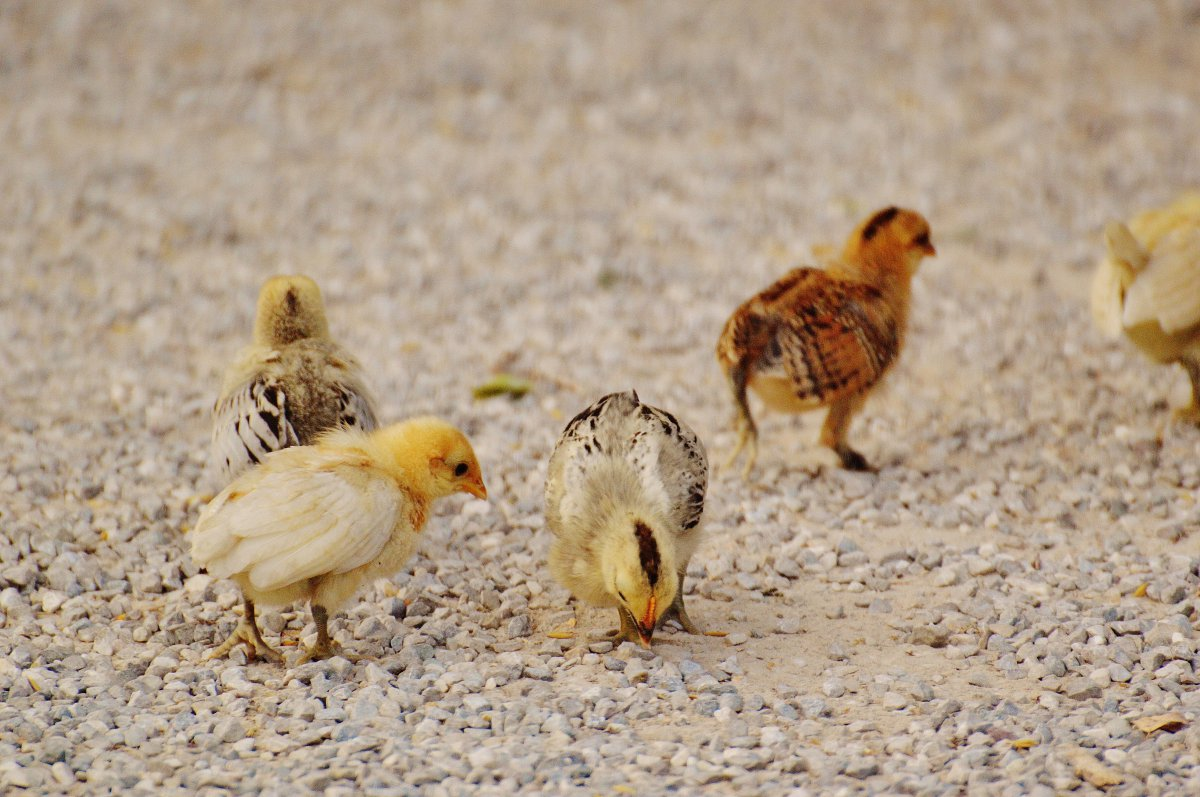Breaking the beak at the right time
The purpose of beak breaking is to prevent pecking, usually the first time at 6-10 days of age, the second time at 14-16 weeks of age. Use a specialized tool to break the upper beak by 1/2-2/3, and the lower beak by 1/3. If too much is broken, it will affect feeding and growth, and if too little is broken, pecking will occur when laying eggs.
Strengthen ventilation
1-2 weeks to keep warm, but do not forget to ventilate, the third week should increase ventilation. Feeding late with the accelerated growth rate of chickens, chickens need oxygen is also relatively increased, this stage of ventilation is particularly important. In spring, while keeping warm, regular ventilation should be carried out to reduce the concentration of dust, carbon dioxide, ammonia and other harmful gases in the house, reduce the humidity in the house and keep the air fresh, so as to reduce the occurrence of respiratory and intestinal diseases.
Disease prevention
Diseases that are prone to occur during the brooding period mainly include chicken white diarrhea, umbilical cord inflammation, enteritis, bursal disease, coccidia, etc. Drugs should be put in regularly to prevent them, and at the same time, do a good job of preventing epidemics. Develop the immunization program according to the local situation.
Appropriate temperature and relative humidity
①High or low temperature in the house will affect the activity, diet and physiological metabolism of chickens, which in turn will affect the egg-laying performance and feed efficiency. When the temperature is low, attention should be paid to prevent cold and keep warm. Supply diets with appropriate nutritional levels. In actual production, try to control the house temperature at 10 to 27 degrees Celsius.
② Relative humidity does not affect the chickens too much, but it can cause serious harm when other factors work together. Such as high temperature and high humidity or low temperature and high humidity may lead to chicken disease, the former is easy to make pathogenic microorganisms survive for a long time, the chicken heat dissipation is blocked, the latter is easy to make the chicken body cooled, feed consumption, likewise the relative humidity is too low, can exacerbate the chances of airborne diseases, susceptible to respiratory and other infectious diseases. Generally speaking, it is good to prevent humidity and keep the chicken coop drier.
Weight control
As the chicken’s bones in the first 10 weeks of rapid growth, 8 weeks of age chick skeleton can be completed 75%, 12 weeks of age to complete more than 90%, after the slow growth, to 20 weeks of age, bone development is basically complete. Body weight development at 20 weeks of age to reach the full period is 75%, after the slow development, until 36-40 weeks of age growth basically stop.
The main method to control body weight is feed restriction: in order to avoid the occurrence of tibia length standard but light weight flock, tibia length does not meet the standard but overweight flock, in the breeding period should be appropriate for the flock is restricted feeding. Generally, it starts at 8 weeks of age, and there are two methods: limited quantity and limited quality. In the production of more limited method, because this can ensure that the chicken eating is the nutritional balance of the diet. Limited method requires good quality feed, must be full-price material, daily chicken feeding amount will be reduced to about 80% of the amount of free feeding, the specific amount of feeding should be based on the breed of chickens, chicken flock conditions.
Post time: Nov-12-2023





